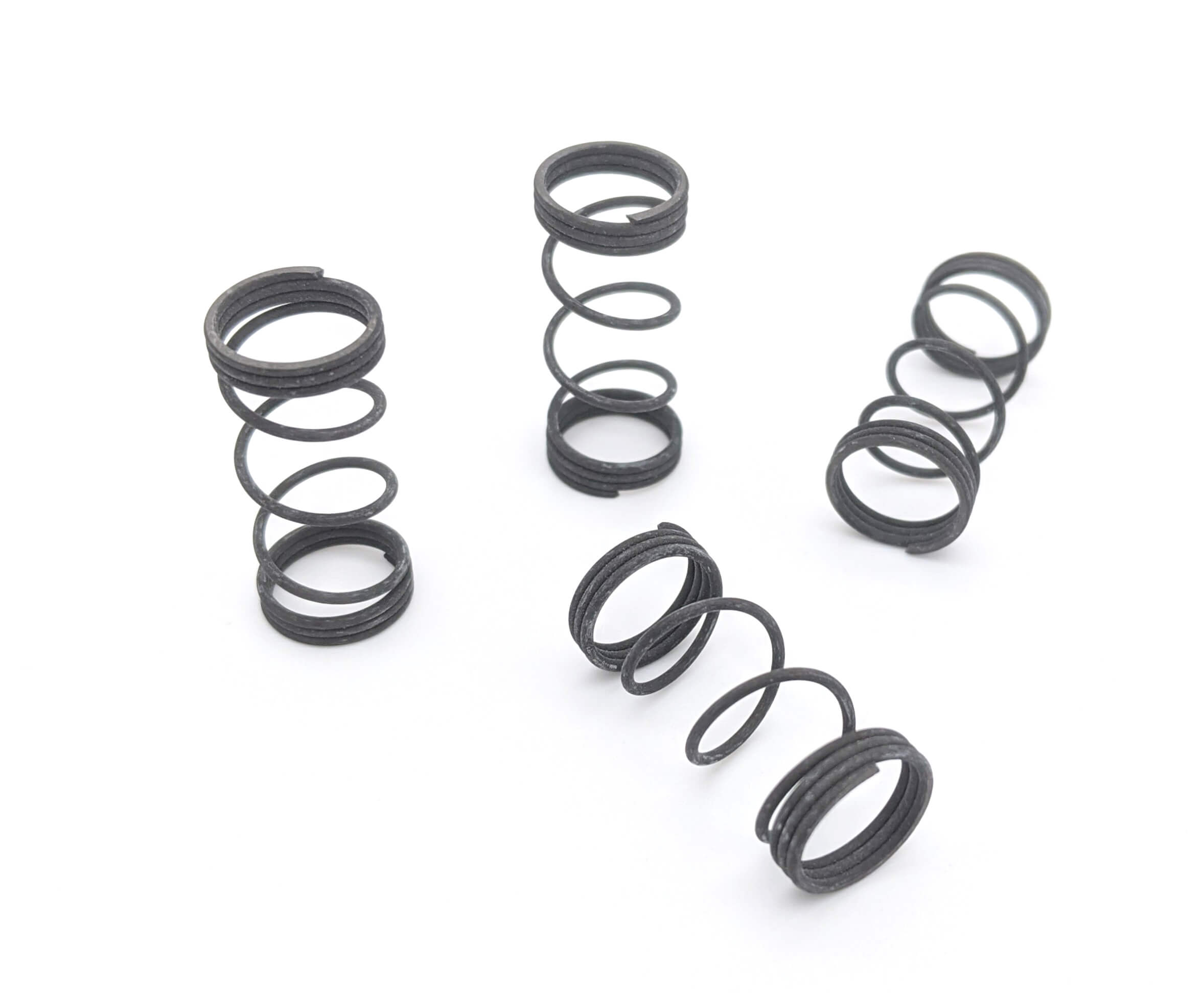Get unique, complex parts easily. No matter your requirements, Chaoyi Spring creates hard-to-produce coil springs and wire forms.
Let us help you create the custom wire form you need, from S-hooks and J-hooks to utility hooks and more.
We work closely with customers across a wide range of industries, helping them design and manufacture made-to-order parts.
Why choose Chaoyi Spring? We prioritize customer-focused collaboration, modern equipment and the latest technology to make your parts per print.
Find the information and guidance you need, from measuring a spring to learning about materials, placing an order and much more.
Compressing coil springs can be a daunting task, especially for those unfamiliar with the process. It's crucial to understand that coil springs store a significant amount of potential energy, and


Compressing coil springs can be a daunting task, especially for those unfamiliar with the process. It's crucial to understand that coil springs store a significant amount of potential energy, and improper handling can lead to serious injury or damage. This comprehensive guide will equip you with the necessary knowledge and techniques to safely and effectively compress coil springs, ensuring your safety and the integrity of the spring itself.

Coil springs are essential components in various mechanical systems, providing support, absorbing shock, and restoring their original shape after deformation. Compressing a coil spring involves reducing its length by applying external force. This force builds up potential energy within the spring, which can be released violently if the compression is not managed carefully. Understanding this energy storage mechanism is crucial for safe compression.
Safety should be your top priority when compressing coil springs. Here are some essential precautions to take:
There are several methods commonly used to compress coil springs. Here are two of the most popular:
A mechanical spring compressor is a specialized tool designed to safely compress coil springs. It typically consists of a set of jaws that clamp onto the spring, a hydraulic or mechanical system for applying force, and a handle or lever for controlling the compression. These compressors provide precise control over the compression process, minimizing the risk of accidents.
Manual spring compressors are less sophisticated than mechanical compressors and are commonly used for smaller springs. They typically involve a set of clamps or straps that apply force to the spring. These compressors often require more manual effort and may not offer the same level of precision as mechanical compressors.
In addition to following safety precautions, here are some tips for effective spring compression:
When compressing springs, you might encounter some common issues. Here are some troubleshooting tips:
Compressing coil springs is a critical process requiring careful attention to safety and proper techniques. By adhering to the safety precautions, choosing the right equipment, and following the tips outlined in this guide, you can effectively compress springs while minimizing the risk of accidents and damage. Remember, always prioritize safety and don't hesitate to seek professional assistance if you feel unsure or uncomfortable with any aspect of the process.
This guide has provided you with a comprehensive understanding of how to compress coil springs safely and effectively. By putting safety first, understanding the principles of spring compression, and utilizing the right tools and techniques, you can confidently handle this task. Remember, a little knowledge and a lot of caution go a long way when dealing with the potential energy stored within a compressed spring.
Browse some of the custom wire forms and springs that we manufacture. Don’t see what you need? We specialize in made-to-order products that meet your application requirements.
Visit Our GalleryNeed a custom wire form or coil spring? We make it work. Fill out the contact form and a representative will respond within 1 business day. If you have a PDF or CAD file, you can submit to request a quote.